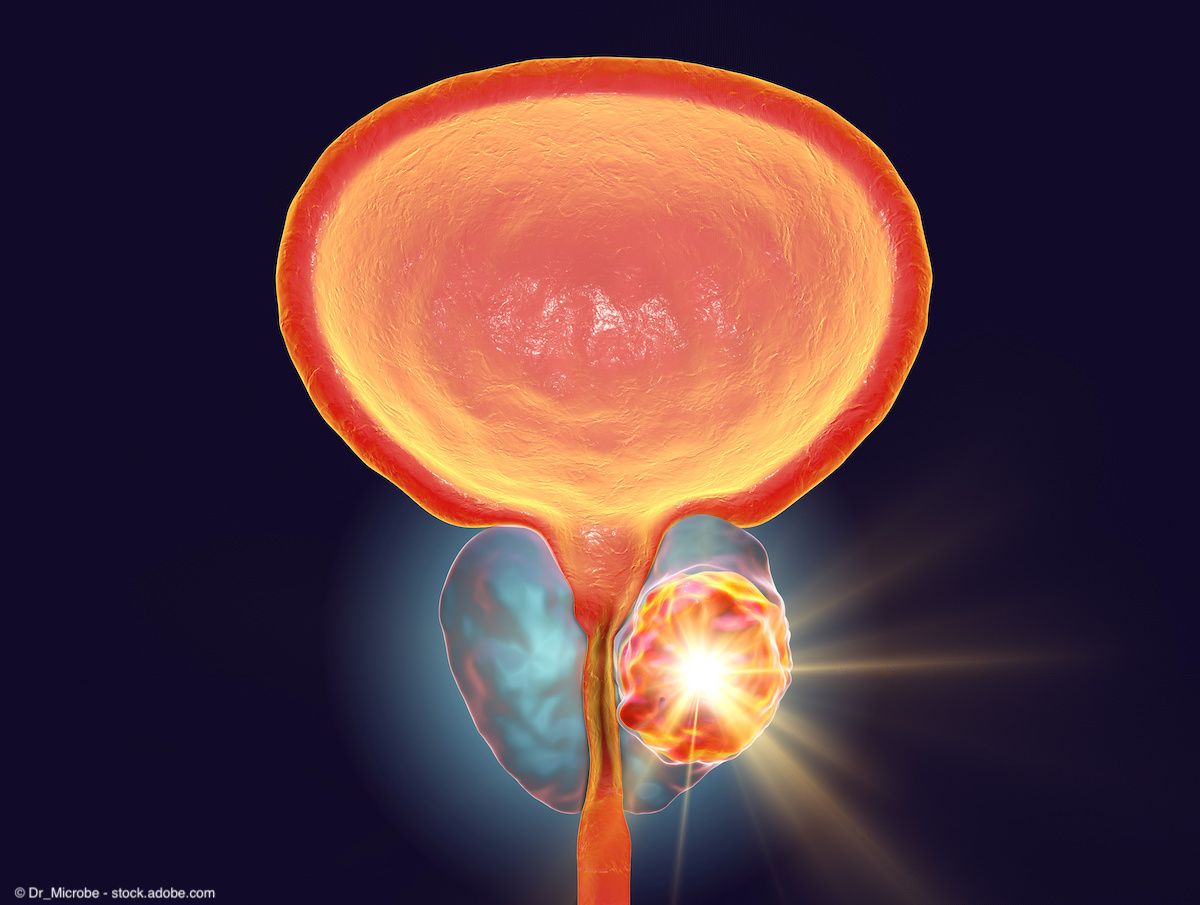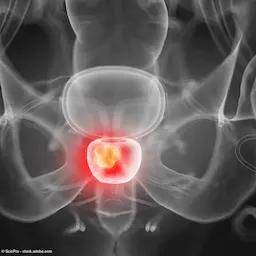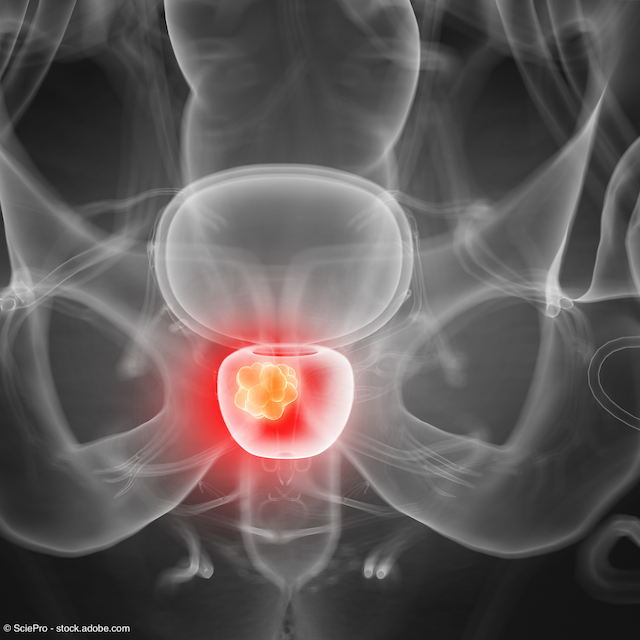News
Article
Urology Times Journal
Combining PI-RADS and PRIMARY scores improves prostate cancer detection
Author(s):
"Combining PRIMARY and PI-RADS scores could be a game-changer in how prostate cancer is diagnosed," says Louise Emmett, MBChB, FRACP, MD.
Combining the MRI Prostate Imaging Reporting and Data System (PI-RADS) score and the prostate-specific membrane antigen (PSMA)-PET/CT PRIMARY score into a composite P Score improves the accuracy of detecting clinically significant prostate cancer (csPCa), according to data published in the Journal of Urology.1
The primary outcome measure for the study was the detection of clinically significant prostate cancer, defined as ISUP grade 2 or higher.

“The P score, integrating information from both MRI PI-RADS and PSMA PRIMARY score, gives the clinician a highly accurate picture of the presence or absence of clinically significant malignancy prior to prostate biopsy,” said lead author Louise Emmett, MBChB, FRACP, MD, in correspondence with Urology Times®. “In the long-term, this will enable us to safely avoid the need for biopsy in a high proportion of patients. It will also allow us to change the type of biopsy required for those patients in whom the chance of clinically significant malignancy is 100%, or even skip the biopsy and go straight to prostatectomy.Combining PRIMARY and PI-RADS scores could be a game-changer in how prostate cancer is diagnosed.”
Overall, findings showed that in a validation dataset, csPCa was identified in 0% of men with a P score of 1, 20% of men with a P score of 2, 52% of men with a P score of 3, 96% of men with a P score of 4, and 100% of men with a P score of 5. The area under the curve for the P score was 0.93 (95% CI, 0.90-0.96), compared with 0.89 for PI-RADS score alone (95% CI, 0.85-0.93; P = .039) and 0.84 for PRIMARY score alone (95% CI, 0.79-0.89; P < .001).
When scores 1-2 were characterized as negative and scores 3-5 were characterized as positive, the sensitivity for the P score was 94% (95% CI: 89-97), vs 89% with PI-RADS alone (95% CI: 83-93) and 86% with the PRIMARY score alone (95% CI: 79-91). The negative predictive value (NPV) for the P score in detecting International Society of Urological Pathology (ISUP) grade 2 cancer was 85%.
When defining csPCa as ISUP grade 3 or higher, the sensitivity of the P score was 99% (95% CI: 95-100), compared with 94% for PI-RADS alone (95% CI: 88-98) and 92% for PRIMARY score alone (95% CI: 85-97). The NPV for the P score in detecting ISUP grade 3 cancer was 98%.
In cases where the maximum standardized uptake value (SUV) was greater than 12 (correlating to a P score of 5), all patients were classified as having prostate cancer of ISUP grade 2 or higher, and 93% of patients were classified as having prostate cancer of ISUP grade 3 or higher.
For the study, the investigators developed the 5-point composite P score in a prospective dataset of 291 men with suspected prostate cancer. In total, 56% of these patients had csPCa. The validation sample included 227 men, of whom 67% had csPCa. Patients in both datasets had suspected prostate cancer, no prior biopsy, a recent MRI and 68Ga-PSMA-11-PET/CT, and underwent subsequent transperineal biopsy to identify csPCa.
The primary outcome measure for the study was the detection of clinically significant prostate cancer, defined as ISUP grade 2 or higher. The secondary outcome measure was the detection of ISUP grade 3 or higher prostate cancer.
Based on these findings, the authors concluded, “The P score is easily calculated and improves accuracy for csPCa over both PI-RADS and PRIMARY scores. It should be considered when PSMA-PET is undertaken for diagnosis.”1
Reference
1. Emmett L, Papa N, Hope TA, et al. Beyond prostate imaging reporting and data system: combining magnetic resonance imaging prostate imaging reporting and data system and prostate-specific membrane antigen–positron emission tomography/computed tomography PRIMARY score in a composite (P) score for more accurate diagnosis of clinically significant prostate cancer. J Urol. 2024;212(2):299-309. doi:10.1097/JU.0000000000004010





























